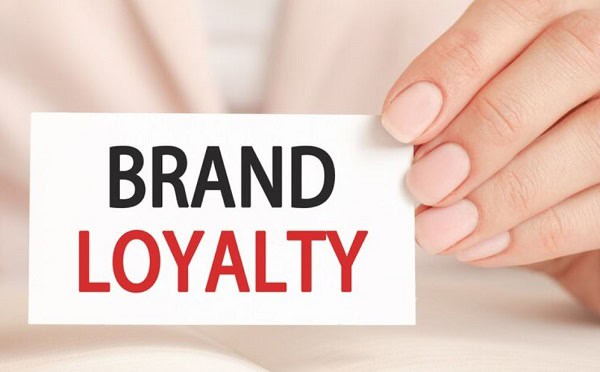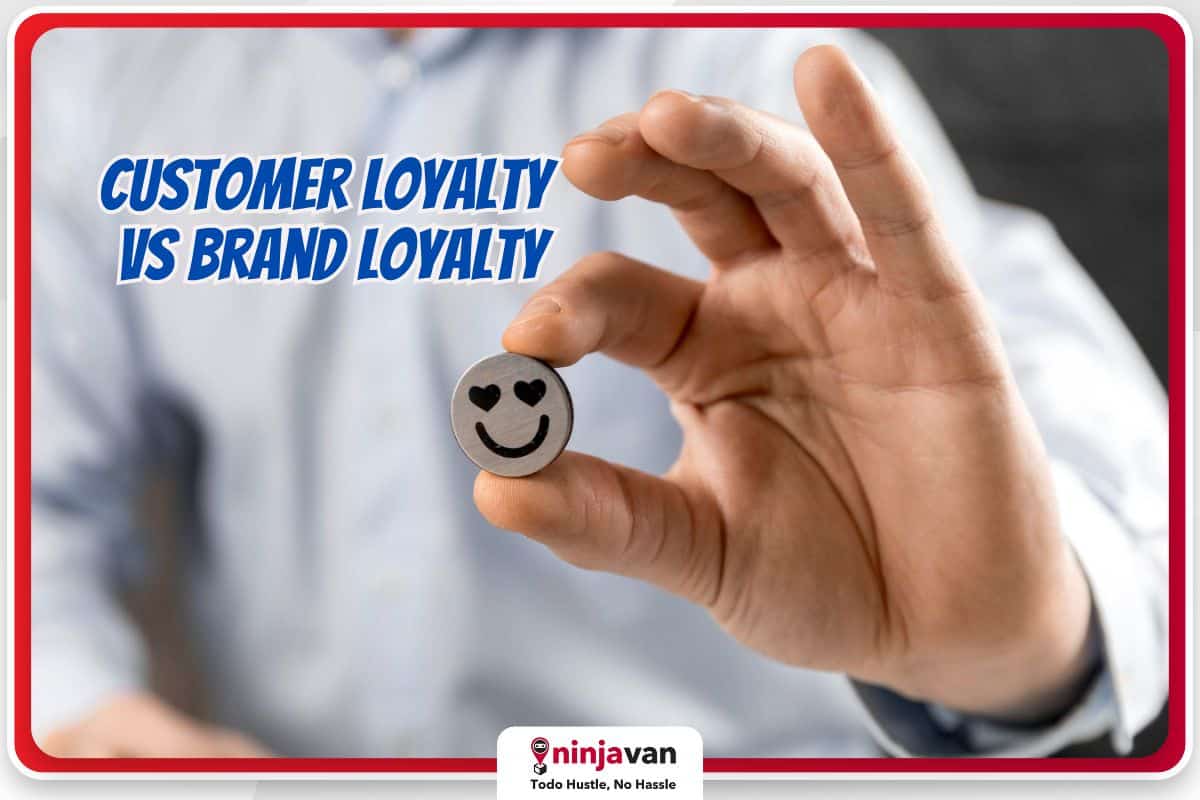Two types of loyalty should matter to a business: brand loyalty and customer loyalty. Initially, the two concepts sound alike; after all, both are indispensable to repeat business and customer retention.
Motivations, marketing strategies, profit margins and emotional connections, among others, differentiate these types of loyalties. Learning more about the concept of brand loyalty vs customer loyalty can help you create different strategies for both and ensure more profit and revenue.
What is customer loyalty?
Customer loyalty in business happens when clients make repeat purchases based on discounts, prices, services and rewards programs. A customer who is loyal to the business doesn’t always have to share an emotional connection to the brand; they just prefer it more compared to others. Customers usually show loyalty to brands because of their previous positive experiences with the business.
Customers can still do business with other brands. Customer loyalty doesn’t mean exclusivity.
The best example of customer loyalty is Starbucks. The brand is one of the first to introduce a global loyalty program that won the hearts of millions of coffee lovers. As of 2023, the brand’s Starbucks Rewards program has 31 million participants.
What’s the secret ingredient to their success? A good understanding of what their customers wanted.
The brand realized that it could entice customers with attractive incentives that were also easy to redeem. Normally, customers earn points for each peso/dollar paid. But if they preloaded their Rewards accounts, they get more points.
What is brand loyalty?
On the other hand, brand loyalty in business involves customers making long-term commitments to businesses based on service/product quality, brand values and trustworthiness. Changes to its pricing, products and services won’t deter customers anymore. The client already trusts the brand. It’s a type of loyalty that focuses on the perceived and intangible value of the business.
Customers who are loyal to the brand intentionally choose it over other businesses. Even if their products cost more, the brand will still have its customers due to their unique value.
#NinjaTip: Keep your customers happy with secure and fast deliveries from Ninja Van. Plus enjoy exclusive shipping rates and business perks when you Sign up for a VIP Shipper account!
Key differences between brand loyalty and customer loyalty
Brand loyalty focuses on customer perception whereas customer loyalty focuses on the customer’s spending. You can build brand loyalty by making your business feel high-quality and trustworthy. On the other hand, customer loyalty is formed by having better discounts or lower prices compared to your competitors.
Other differences that set the two concepts are marketing approaches,
Since brand loyalty focuses on trust and customer loyalty centers around price, these concepts rely on different marketing tactics.
To build brand loyalty, marketing teams should aim to build emotional connections with customers. Marketers can link their brand to ideas that entice customers. For example, a whole foods store can associate itself with personal wellness and health. Customers are more likely to trust brands that share their values and morals.
On the other hand, building customer loyalty involves focusing on customer savings and special deals. All strategies should appeal to customers, particularly those on a budget. Marketers can also create incentive programs to reward customers with frequent purchases.

How to increase customer loyalty
To maintain customer loyalty, start by creating a rewards program. These programs offer perks to customers who consistently purchase products and services from a business. The benefits may be monetary, such as free products or discounted prices.
Rewards programs can also give loyal customers access to more products and services. For example, an airline can give customers access to premium lounges while waiting for their flights.
Other ways to increase customer loyalty are:
1. Offer new customers irresistible deals
When a new customer buys from your business, give them discounts or free items to increase their chances of becoming loyal customers. Once they find value in your products and services, they will be more than willing to buy in the future.
2. Identify the best way to communicate
Some customers have preferred ways of marketing communication, particularly when it comes to making repeat purchases. Provide them with their choice of preferred communication methods, such as email, phone or text. Use these channels to send them deals or coupons for products and services.
3. Offer payment plans
Payment plans enable customers to make big purchases without settling the full cost. Customers maintain loyalty by getting access to products and services without worrying about the heavy price tag.

How to build brand loyalty
Plenty of companies use a variety of marketing tactics to build brand loyalty. These include rewards programs, community building and a strong brand story.
Other ways to build brand loyalty include:
1. Create high-quality content
You might have high-quality services and products, but if you want to be the go-to brand, start with high-quality content, too. Your content should always engage, inform and educate. Also, social proof your content with important players in your industry to cement your brand as one of the best.
2. Work with other brands
Collaborate with brands to offer exclusive deals. Doing so provides a compelling brand experience that improves emotional connections between you and your customers.
3. Stay consistent
It’s difficult to maintain a sense of brand loyalty if your branding and messaging are all over the place. From your design to your product offerings, be consistent. Brand consistency builds trust and awareness.
Establish profitability with customer and brand loyalty
When working on brand loyalty and customer loyalty, don’t shy away from different marketing techniques. The same customer might be brand-loyal to a clothing store and customer-loyal to a wholesale foods shop.

With this in mind, it’s common for customers who initially focus on the price before they become emotionally connected to your business.
Either way, you must show customers that you want to meet their needs. It’s the surest way to build both customer and brand loyalty.
More helpful branding tips for your business:
Rebrand or Refresh: The Essential Guide
How to Win Customers through Emotional Branding
What Your Brand Colors Say About Your Business






